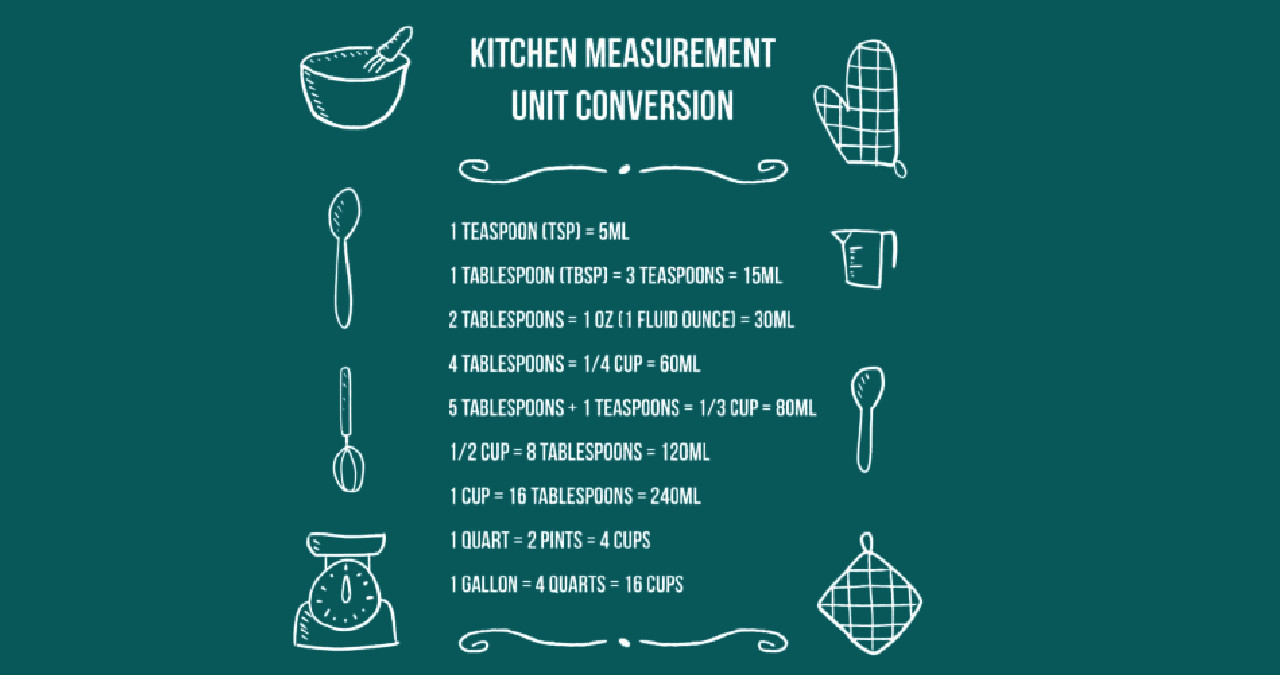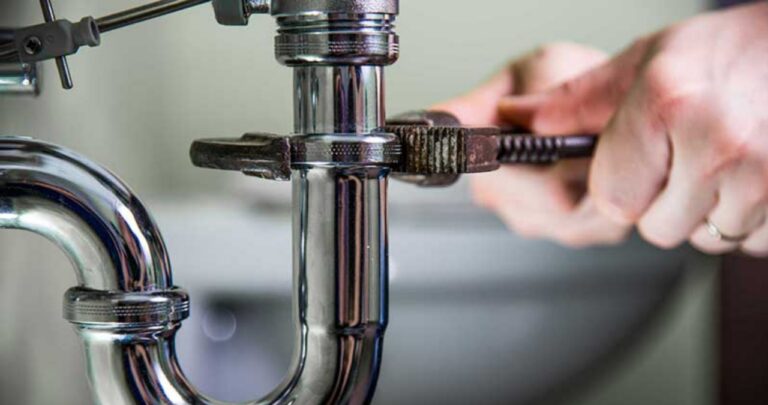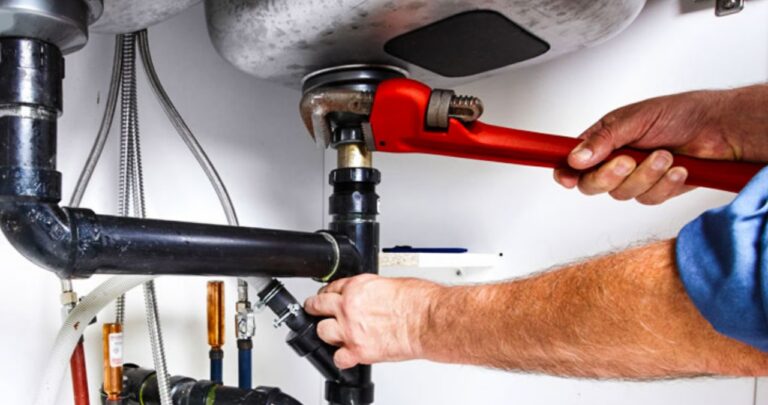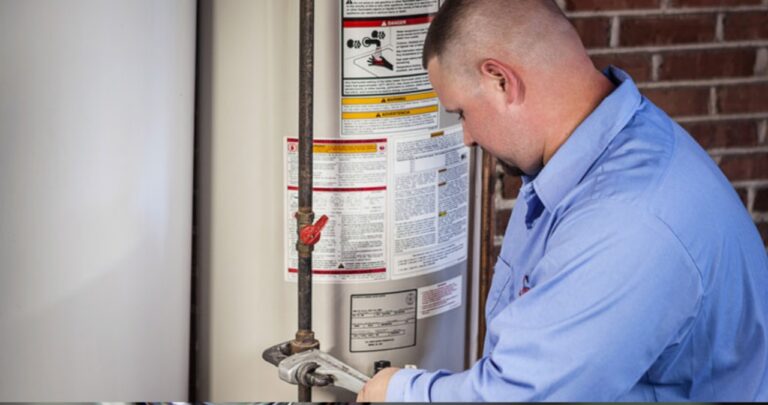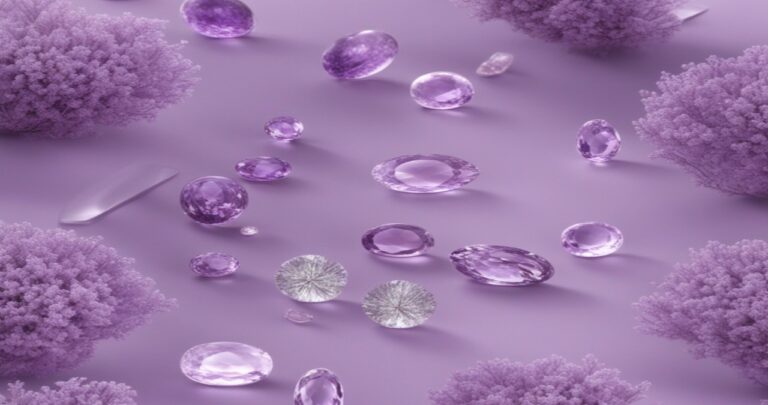Understanding Oz to Quart Conversions
Converting between ounces and quarts is a common cooking task. Whether following a recipe or measuring ingredients, it is helpful to know the relationship between fluid ounces and quarts. This article explains oz to quart conversions and provides guidance for accurately measuring amounts by volume.
What are Ounces and Quarts?
Let us first understand the basic units we are converting between. An ounce is a unit of volume commonly used to measure liquids like milk, juice, water and other beverages. In the United States customary unit system, a fluid ounce refers specifically to a unit of volume for liquid measurements.
A quart is a larger volume unit equal to 32 fluid ounces. A quart is one-fourth of a gallon. So while an ounce measures a small amount of liquid, a quart signifies a larger serving size. Quarts are frequently used to purchase milk, juice, water and other beverages at the grocery store. Recipes also commonly call for quarter-quart, half-quart or full quart amounts.
How Many Ounces in a Quart?
The key oz to quart conversion is that there are 32 fluid ounces in one quart. To break this down:
- 1 quart = 32 fluid ounces
- 2 quarts = 2 * 32 = 64 fluid ounces
- 1/2 quart = 32 / 2 = 16 fluid ounces
- 1/4 quart = 32 / 4 = 8 fluid ounces
Remembering there are 32 ounces in a quart makes fluid ounce to quart conversions straightforward. This relationship remains consistent regardless of the type of liquid being measured.
Oz to Quart Conversion Chart
For easy reference, here is an oz to quart conversion chart with some common measurements:
- 1/4 quart = 8 fluid ounces
- 1/3 quart = 10 2/3 fluid ounces
- 1/2 quart = 16 fluid ounces
- 2/3 quart = 21 1/3 fluid ounces
- 3/4 quart = 24 fluid ounces
- 1 quart = 32 fluid ounces
- 1 1/2 quarts = 48 fluid ounces
- 2 quarts = 64 fluid ounces
Feel free to refer back to this chart when switching between ounce and quart amounts in recipes or other measurements. The chart makes visualizing conversions simple.
Measuring Accurately by Volume
When using oz to quart conversions in practice, it is important to measure liquids accurately by volume and not weight. Do not simply pour liquid into a measuring cup to the desired line – use one of these methods:
- For exact ounce amounts, use a measuring spoon set.
- For quantities over 1 ounce, fill a dry measuring cup with the liquid, then sweep away excess with a straight edge like the back of a knife.
- For partial quart amounts, divide the total ounces needed by 32 to get the number of quarts, then use ounce conversions for any remainder.
- Always check your measurements twice for precision.
Following these tips will ensure volumes are precisely measured when using fluid ounce and quart conversions in cooking and other liquid applications. Proper measurement leads to consistent, replicable results.
Oz to Quart Conversion Examples
Let’s look at some examples of converting between ounces and quarts in common recipe amounts:
- A recipe calls for 1 3/4 quarts of milk. How many ounces is this?
1 3/4 quarts = 1 * 32 + 3/4 * 32 = 32 + 24 = 56 ounces - You need 2 1/3 quarts of water. How many ounces is this total amount?
2 1/3 quarts = 2 * 32 + 1/3 * 32 = 64 + 10 2/3 = 74 2/3 ounces - A juice bottle says it contains 48 fluid ounces. How many quarts is this?
48 ounces / 32 ounces per quart = 1 1/2 quarts - A recipe wants 3/4 quart but you only have ounces. How many ounces is this?
3/4 quart = 24 ounces
Work through some examples on your own to gain proficiency in interconverting between ounces and quarts. Converting liquids will become second nature with practice.
Tips for Using Oz to Quart Conversions
Here are a few final tips for successfully using ounce to quart conversions:
- Memorize that 1 quart = 32 fluid ounces as your baseline conversion.
- Use measurement tools carefully and precisely to avoid errors.
- Keep the conversion chart handy as a reference when measuring.
- Convert any partial quart amounts to ounces before measuring.
- Double check your work, especially with partial amounts.
- Practice common conversions until they are intuitive.
- Teach others the relationships to build shared understanding.
Being able to easily convert between ounces and quarts opens up many recipe possibilities. Use this knowledge to confidently measure liquids for cooking, crafts, science experiments and more. Always strive for accuracy when measuring – it leads to better results.

I’m publisher on vents today if anyone want post on our website then do contact

